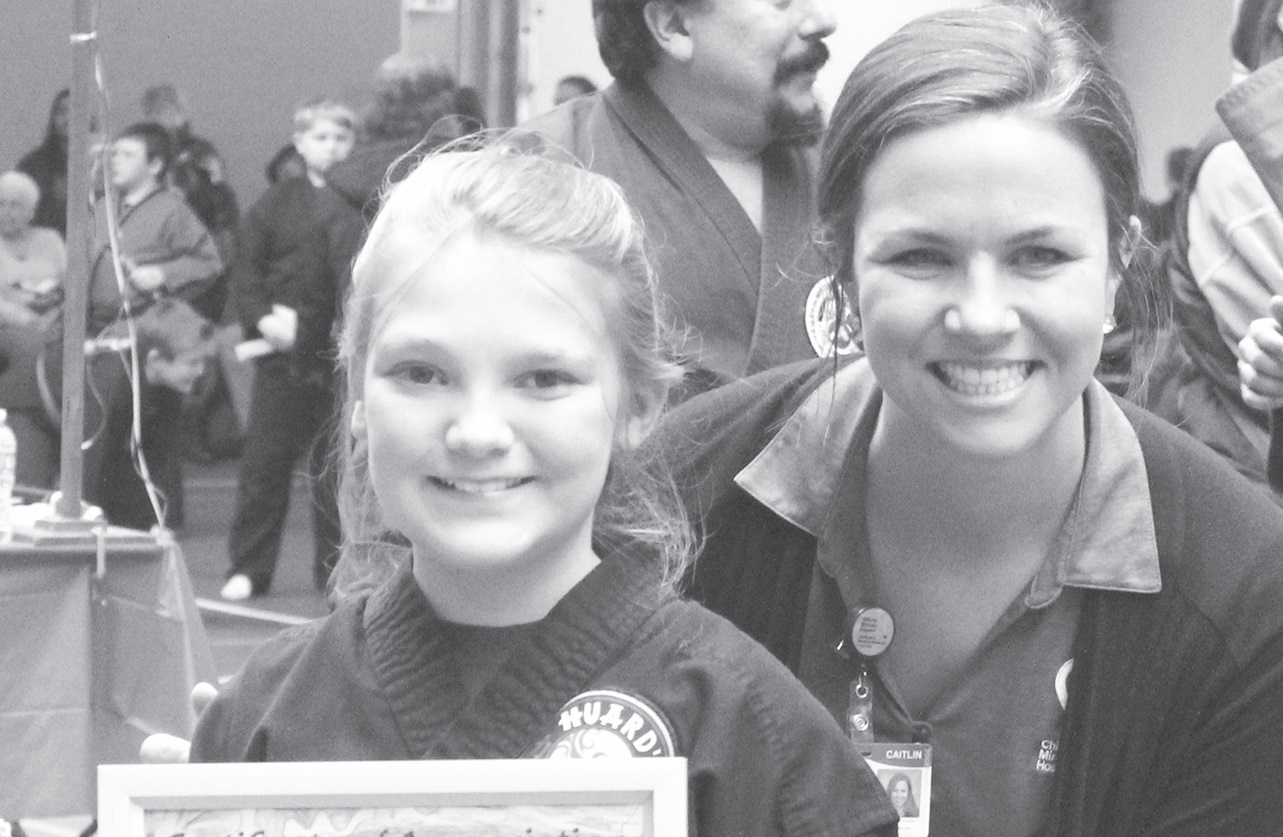COMMUNITY COMMENTARY
by Scott Pierz
President, China Lake Association
At the China Lake Association (CLA) mid-winter meeting held February 16, 2017, CLA board members voiced concern over the town’s placement of several warrant articles at the upcoming open March town meeting. These particular warrant articles are designed to seek approval of a series of proposed revisions to the China Land Development Code and its Land Use Ordinance. These proposed changes were just defeated less than six months ago at the November 2016 election. Some CLA board members believe the proposed changes “severely relax” the local Shoreland Zoning Ordinance and diminish the town of China’s Home Rule Authority on several issues that have been in-place for decades.
Included in our meeting’s discussion was why the selectmen would deviate from the town’s long-standing tradition of placing ordinance revisions before the voters at an annual November (or June) ballot election where the voter-turnout is significantly higher than the open March town meeting. The open March town meeting is customarily a discussion for approval of financial appropriations to operate the town’s budget, and most people will not recall a time when the open March town meeting sought approval of ordinance “changes” at this forum over the last 25 years. These proposed changes came as “recommendations” from the planning board, but it is still the selectmen’s warrant and the selectmen can move forward with their warrant articles as proposed, it is their prerogative. But it is unprecedented, and it seems to many that this circumvents tradition, relying on an extremely limited number of quorum voters (126 by number) rather than the numbers of voters who turn out in a November (or June) ballot election vote (often more than 1,000). Also, the articles appear at the tail end of the warrant and people know that the crowd thins out to even less than the quorum requirement as most of our open March town meetings go on for hours.
This could mean that it is likely that even less people will have voting power on the warrant at that time, substantially less than the number of people who defeated the same proposed changes at that November 2016 election. Of course, someone could move to advance the articles to an earlier portion of the meeting so that at least a majority of the voters present can decide on these important changes. The town’s strategy to gain approval for these proposed changes leaves many folks wondering why this avenue was taken if not to “push through” the proposed ordinance changes without much resistance (if any at all). If true, this is just very disappointing given that the changes are complicated, and probably not too many voters at the open March town meeting will have a thorough knowledge of or completely understand the nature of the changes and their ramifications on China Lake and its water quality.
By way of example, here’s one of the comments from a CLA board member: “The Town (and others) have spent hundreds of thousands of dollars over the years to improve water quality in China Lake by reducing the phosphorus loading to the lake. The proposed amendments will increase the phosphorus loading and thus will undo work that has already been accomplished and will make future efforts both more expensive and difficult. The town is voting to spend 3/4 million to improve access to the lake; along with that should be a commitment to improve water quality, not degrade it. As a lake that does not comply with water quality standards, the town which derives substantial economic benefit from [China] lake should not be allowed to pass ordinances that allow more phosphorus into the lake to mirror DEP’s relaxed shoreland zoning guidelines.”
The comment is directed at the town and the Maine Department of Environmental Protection (DEP) and a set of “relaxed guidelines” the DEP is proposing for local communities to consider. Please know that these are “proposed” guidelines, and towns can always chose a stronger set of rules and regulations to manage their shoreland zoning codes. Over the last few decades the town of China has had a set of shoreland zoning standards stronger than any community in the region, and one reason for these stricter standards being in-place for so long is to protect our environment, and especially China Lake.
A close examination of the proposed changes shows a serious digression from the current shoreland zoning regulations that have been in place for decades, so much so that they represent a potential negative impact to the water quality of China Lake.
Here are some of the downsides to the proposed changes the voters are being asked to consider:
- The elimination of volume in determining expansion for shoreland principal structures (causing structures to increase their impervious surfaces and creating more storm water runoff and phosphorus into the lake). The town’s current practice requires the review of both footprint and volume thresholds (along with detailed record keeping the town has maintained for the last 25 years). This would be a significant reversal in policy and would allow shoreland properties that have already maxed out their expansion limits based on volume to continue to expand using only the footprint of a residential building(s) on a property.
- The allowance to combine the footprint of existing non-conforming shoreland accessory structures with existing principal residential structures. This would allow even more expansion of a principal residential structure. In some cases this could be in very close proximity to the lake (again, more expansion, more runoff, and more non-point source pollution into China Lake without any plan to mitigate phosphorus from entering the lake);
- A revision to the current timber harvesting standards that have been in-place for decades and have been integral to the local enforcement that the town has maintained over the years. It is vital that timber harvesting activities have a local steward since sound timber harvesting practices are essential to immediately prevent water quality impacts from timber harvesting activities in China Lake’s watershed;
- The relaxation of seasonal conversion standards, allowing more year-round conversions, more activity in shoreland districts, more impact on local services, and with the potential of restricting property owners to only occupy their properties during certain months of the year. Questions include: What is the rationale for this proposed change? How many properties would be affected?
- The allowance of additional exemptions to the clearing and vegetation removal standards, thereby reducing areas required to be buffered. Vegetative buffering is essential to water quality as the CLA is promoting through its LakeSmart Program; and
- A new proposed change that was not on the November 2016 ballot concerns the conditional use requirements reviewed by the planning board for commercial development. The proposed change seem to remove the planning board’s responsibility to make “findings of fact” as it reviews each criteria for conditional use applicants. If this is the case this may not be quite legal as Superior Court cases have rested upon the mandate that the findings-of-fact are critical to the review of a development proposal. The court’s position has respect to the rights of the abutters to know and understand the ramifications of development proposals in their neighborhood and the potential impact on their “peaceful use and enjoyment” of their personal homesteads and local environment.
There’s no “sugar coating” the proposed changes; overall the proposed changes do not seem to be in the best interest for China Lake’s water quality. The China Lake Association’s Mission is to protect China Lake. It is not enough to say that the DEP provided these “relaxed guideline changes” to the towns and so the town of China should (or must) adopt such drastic changes. As citizens we would leave behind our town’s well-maintained existing rules and regulations, along with our long-standing Home Rule Authority that has existed for decades.
As president of the China Lake Association it is an obligation to represent my constituency and inform the public on these matters. Although represented here are the thoughts of many of those present at our mid-winter meeting, they may not represent everyone’s opinion. As for me, I can only speak for myself. It may be that the proposed changes are adopted by the minimal number of voters who turn out at the open March town meeting, but this could represent a big step backwards. I will only repeat what I was quoted as saying in The Town Line newspaper last year: “I can’t tell anyone how to vote, I just know I’m voting “NO.”
Scott A. Pierz, President
China Lake Association




